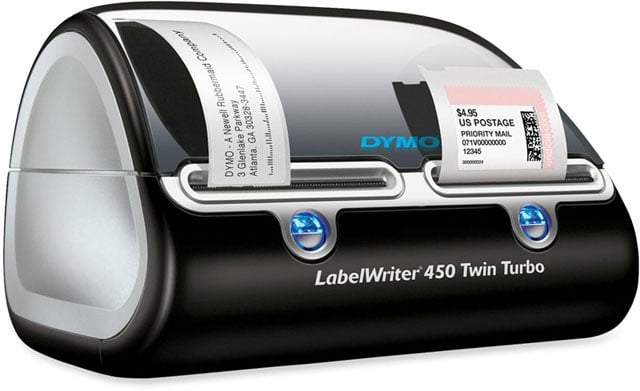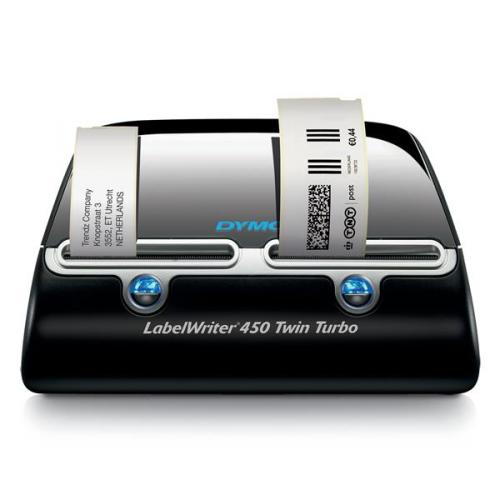
Translate : It has can not open the file PPD: " /usr/share/cups/model/lw450.ppd"įollowed your directions, installed Glabel after that and HocusPokus It Works!ĭymo labelwriter 450, Linux Mint 18.3 Cinnamon 64b Lpadmin: No se ha podido abrir el archivo PPD: "/usr/share/cups/model/lw450.ppd": No se ha podido abrir el archivo PPD en la línea 0.

Lpadmin: Printer drivers are deprecated and will stop working in a future version of CUPS. Strangely the printer spooler shows 2 printers: dymo & LabelWriter-450

Thank you so much, it works, with glabels. Settings of Landscape / Reverse Landscape do nothing. Still struggling with rotating output 90 degrees to match labels. This worked great on Lubuntu 18 with LabelWriter 450 Turbo. Thank you so much!įor arch users there is an AUR package for this called 'dymo-cups-drivers' with extra patches, as the latest libcups is incompatible with the driver source. Maybe you can change this post accordingly? I think these changes are also needed for other systems.ĭirections worked perfectly on with Linux Mint 19.3 Cinnamon. Sudo cp /home/vagrant/dymo-cups-drivers-1.4.0.5/ppd/lw450.ppd /usr/share/cups/model/ Worked perfectly on a Raspberry Pi 4 running Raspbian (buster) looking into sdk next for more options since seem like you really need to configure it for custom labels same ppd file used currently in 2020 as the one you used. Thank you! This guide wols in 2020 it was very straightforward to set it up. If your printer is not listed, you need to check the USB connection. Please execute the command shown below and check, if the result looks similar. Connection checkįirst of all, you should check, if the printer was recognized properly. It is assumed, that the printer has power and is connected to the Linux machine via USB cable.

I am referring to Ubuntu 17.10 64 Bit, but the steps described here should work for other Debian based distributions too. Maybe this helps someone, who faces the same problems. This blog post describes the necessary steps in more detail. To summarize it, you need to use the Common UNIX Printing System ( CUPS) and install the Dymo LabelWriter as a printer with the matching driver. The next step of installing the printer in a Linux environment was not that easy. The initial setup on my Windows laptop was easy and printing the first label using the Dymo Label software was no big deal. For getting started, I bought a Dymo LabelWriter 450. I am interested in programmatically printing labels generated in a Linux environment.


 0 kommentar(er)
0 kommentar(er)
